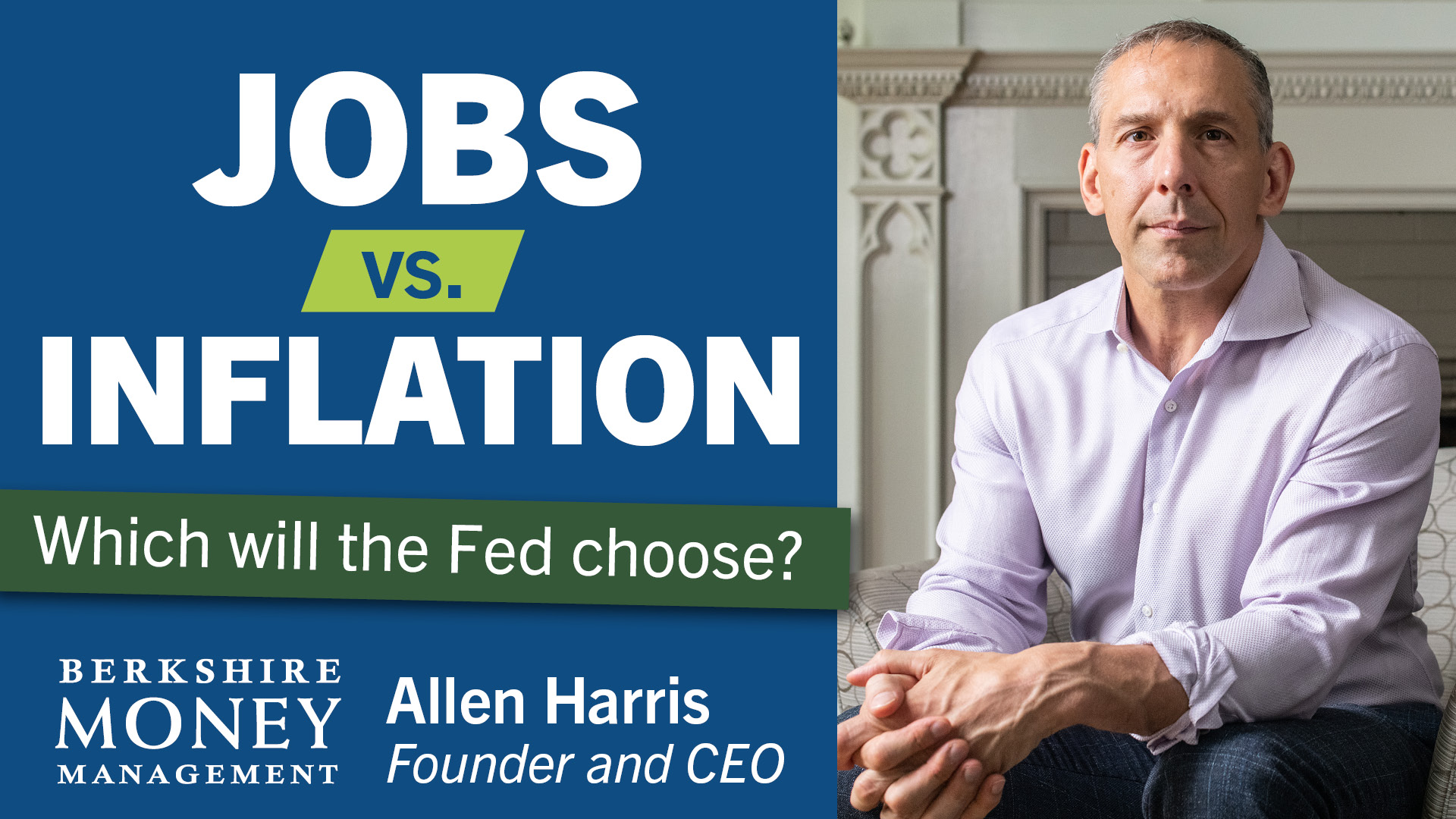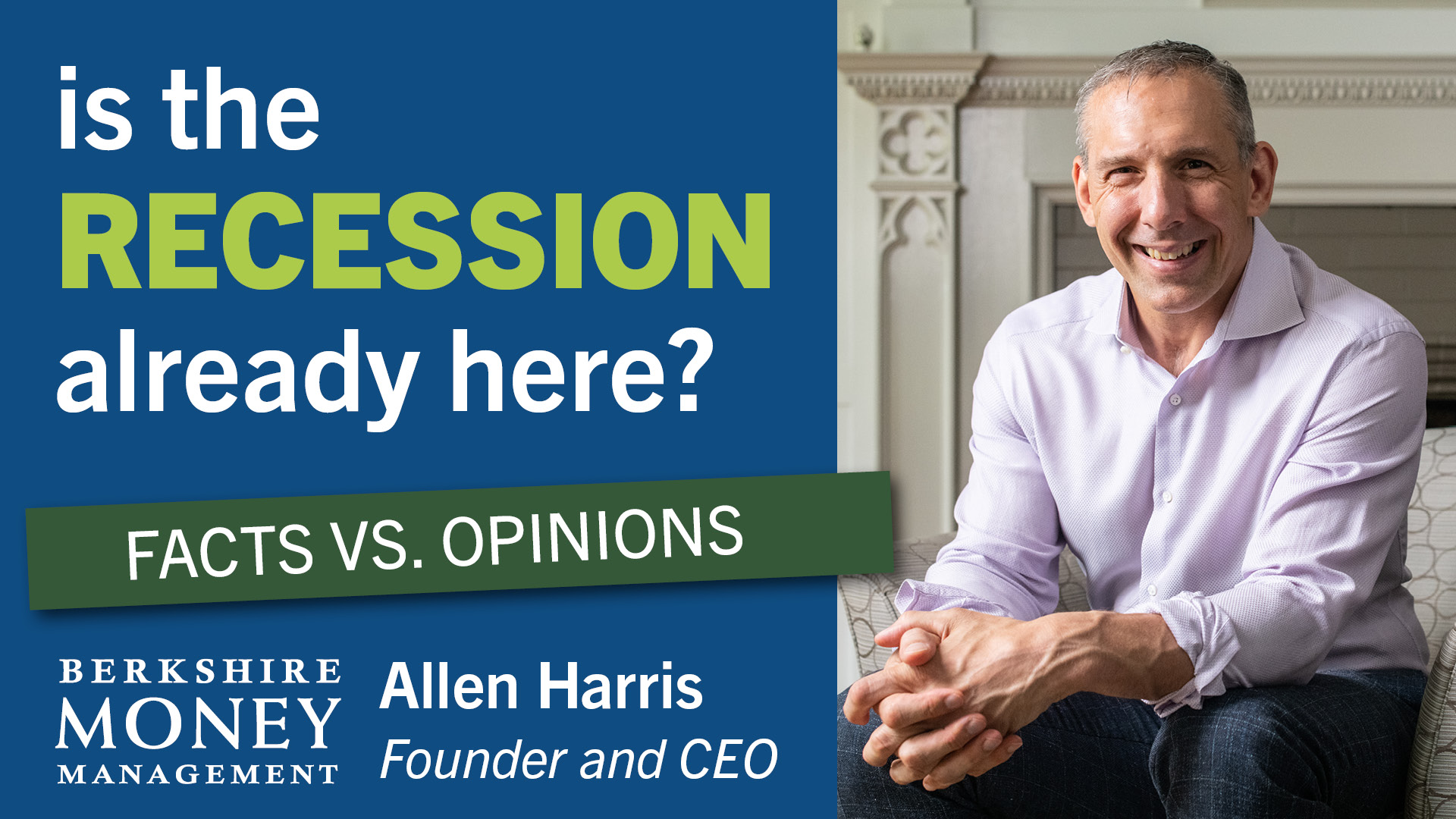Pay up


Weekly pay is up 3.9 percent from March 2020 to March 2021, according to the Bureau of Labor Statistics. That may not sound like much. However, before the pandemic, growth rates had ranged from -0.8 percent to 2.9 percent, dating back to January 2011. From January 2011 to March 2020, there were 20 occurrences of zero or negative weekly earnings growth. In contrast, there were only seven occurrences that exceeded 2 percent.
Year-over-year growth of weekly earnings since April 2020 has been stellar, averaging 5.1 percent. It’s not uncommon for average wages to grow higher during recessions. Sounds crazy, right?
When measuring wage growth, we must consider workforce composition. Companies often react to recessions by laying off low-paid, unskilled workers. Not always, mind you. Sometimes middle management takes the ax. However, during the pandemic-induced recession, middle management used remote technology to keep their jobs.
In April 2020, the year-over-year growth was a blistering 7.2 percent. That was the highest since the series began in 2006. The reading was so large because millions of relatively low-paid workers lost their jobs in March 2020, while relatively high-paid workers kept their jobs. Although it makes for a good headline, high wage growth is not necessarily a sign of a healthy economy.
I expect average wage growth to decline dramatically in the months ahead as the economy reopens and low-wage workers are brought back into the workforce. As that occurs, comparing the wages paid from a relatively high-paid composition will likely result in some negative growth rates. It is not necessarily a sign of a sickly economy.
Aggregate pay will be higher, but it won’t show up in the growth rates. The inflation rate will be significantly higher than the wage growth rate.
Mathematical quirks aside, the payroll expenses for companies will increase. More employees will be required to manage output. And companies will have to pay higher wages in 2021 or 2022 for the same jobs worked in 2019. The textbook economic expectation is that corporate profit margins will be squeezed, earnings will decrease, and the stock market will suffer.
I don’t think conventional wisdom will prevail this time around. Pent-up demand is strong, and consumers have enough excess savings that businesses will be able to pass higher prices onto their customers. This will be especially true for service sectors that couldn’t scale during the pandemic (restaurants, house cleaners, fitness centers, travel). Companies have tremendous pricing power, which will result in inflation.
I will add some nuance to my assertion that higher wages won’t hurt profit margins. Higher aggregate wages paid are not a 2021 problem for the stock market. The economy is supercharged. Gross Domestic Product (GDP) is currently expected to grow at a rate exceeding 10% this quarter. At some point (maybe late 2022), businesses will have less power to raise prices while simultaneously being “stuck” paying higher wages. As the economy’s growth rate normalizes, I’ll keep an eye out for the start of an “earnings recession.”
An earnings recession is when the overall economy is performing well, but corporate profits recede. One occurred from Q2 2014 to Q1 2016, as measured by aggregate corporate earnings of the companies that comprise the S&P 500 Index. Stock prices sniffed this out as it started, and then they kinda went sideways for about a year-and-a-half. “Kinda.” The stock market experienced a couple of 10-percent-ish corrections during that time. The subsequent rallies weren’t strong enough to get the market out of its rut. Thus, it mostly went sideways for a while — at least when measured from Point A to Point B.
I know you can’t take just one piece of information and use that to determine an investment thesis. In response to a hypothetical earnings recession, the stock market could react in 2022–2024, just as it did in 2014–2016. However, there could be a handful (or a truckload) of varying factors that could influence stock market outcomes differently. For example, companies could make investments in labor-saving technology or utilize productivity-enhancing software and workflows.
Nonetheless, to understate it, corporate earnings are essential to the stock market. Suppose it looks as if corporations will endure another earnings recession. In that case, I doubt it will be enough to trigger a widespread dumping of my equity allocation. Not because it would be good news for stocks, but because I understand that the stock market does not increase linearly. Sometimes the stock market is dull. But that doesn’t mean I’ll be comfortable sitting on dead money for a year or more. I have an idea or two for investing in an environment such as that, but nothing that will rival the stock market’s recent returns. Sometimes, as an investor, we win not by hitting home runs but by bunting our way to singles. That could be the game plan of 2022–2024.
Can’t find qualified workers? Pay up?
According to a recent survey for the Wall Street Journal by Vistage Worldwide, Inc., more than two-thirds of small businesses are having a hard time finding qualified workers. To be sure, people are taking jobs. According to the Bureau of Labor Statistics (BLS), there have been about 1.6 million net new jobs created in 2021. The boom of the 1990s created roughly 23,672,000 jobs. The number of jobs created during the first four months of this year was double the average of the roaring 1990s.
According to the WSJ/Vistage survey, 62 percent of the businesses which had trouble hiring said they would increase pay and develop their existing workforce. Fifty-nine percent said they’d improve their recruiting strategies. One-third said they’d allow staff to work remotely, which has become an attractive workplace benefit.
Part of the need for businesses to raise wages is due to private companies competing against the federal plus-up of unemployment benefits. The Federal Pandemic Unemployment Compensation (FPUC) is a program that provides an additional $300 of weekly benefits to eligible claimants. The FPUC is available through September 4, 2021. Annualized, that’s an additional $15,600 per year. Combined with traditional unemployment benefits, some businesses are competing with an annualized unemployment benefits of $40,196.
(Unemployment benefits vary from state to state, but I used Massachusetts’ benefits since it provides the highest average weekly unemployment benefit of $473. Massachusetts offers a maximum weekly benefit of $855.)
The Labor Department officially declared that if state governors reject the FPUC benefits, the federal government cannot force the state to take it. As of May 25, 2021, 23 states announced that they planned on canceling the federal unemployment plus-up as early as June 2021. Sounds crazy, right? Well, not to some.
I’ve personally heard people lash out in anger about how the extra $300 per week is bad for America because it rewards the laziest among us. Maybe. Maybe not. Whatever. Opinions don’t matter in economics. The point is that enough people, including business owners, are mad enough about it that governors are urgently responding to their constituents.
To some extent, the government is crowding out the labor supply and driving up costs for businesses. This crowding out will ease over the next one to three months. But there’s more to the “why” of people not taking jobs. According to Pew Research Center, 66 percent of unemployed workers have “seriously considered changing their occupation or field of work.” The employed are also making reassessments. Front line and essential workers were exposed to long hours, high risk, and low pay throughout the pandemic. The pandemic has changed people’s motivations.
Those 23 states rushing to end the weekly federal plus-up are acting urgently to appease their constituents. And I get it; there are potential serious short-term impacts for businesses. Some companies might have to pass on a project or miss a sale. As the owner of two small companies, I am sympathetic to their plight. However, there is a flip side that isn’t being considered. I hypothesize that workers who are placed in the right field and with the right employer have a better chance at career advancement, forming households, and being healthier due to being happier.
Because of the additional FPUC payments, unemployed workers can take their time and assess which career they want, not which paycheck they might get stuck with. Canceling the federal plus-ups disallows millions of people from having the time they might need to find a meaningful job. Meaningful not just to the workers but to the long-term greater good of the American economy.
Sure, some people will take advantage of the system. But some of our neighbors are using it shrewdly. According to a CNBC/Morning Consult survey, it’s not all about the FPUC benefit. Many unemployed workers remain concerned about COVID-19 or struggle with childcare. Notably, 76 percent of those offered employment said the proposed wages were lower than they made in their last job. The pay for posted jobs is 5 percent lower than the average for 2019, according to Bank of America and Revelio.
Relative to 2019, the biggest drop in posted pay is in retail, where the average pay is 21 percent lower. The next biggest pay drop is in professional services, down by 14 percent, followed by a 12 percent drop in transportation. Posted pay was down in 12 of 15 sectors. Pay is up in 2, and flat in 1. The increase in posted pay for technology positions (aka “information”) is up 38 percent. “Demand for labor involves quantity and price,” says Ben Zweig, CEO of Revelio Labs. “If people want to work, but firms aren’t willing to pay for them, I don’t think you can call that strong demand. Firms may think there’s such a glut, they can basically take their pick of workers, for low wages. Employees may have a different set of expectations.”
Sure, some businesses will have to hire people at a wage higher than they were paying in 2019. But, as we illustrated before, throughout the previous decade, wage growth has struggled to keep up with inflation. Some level of pay increase seems justifiable.
I can understand why some people are angry at those unemployed people taking advantage of the system, especially when small companies need employees. But that is not the entire story. The Payroll Protection Program gave small companies $953 billion of literally (potentially) free money. And now business is so good many of those same companies need to get back the same people they let go.
I’d rather see our nation’s governors work harder and look for a long-term remedy. It is better for America if we treat our people like assets, not expenses.
Suppose a company is competing for workers solely on wages. In that case, this is an opportunity for those businesses to improve their corporate culture and hiring practices. I speak on this subject out of expertise, not opinion. I own a business consulting company called 10,001 Hours. This is the type of advice I was giving a year before the pandemic, another period when businesses were struggling to bring on employees.
Businesses can get more out of fewer employees and win new hires based on more than just pay. It’s not as if those management skills don’t exist. I feel bad for the small businesses that can’t hire right now. I feel worse for the people who get stuck with employers that don’t invest in their people and don’t care enough to make the workplace attractive.
This article originally appeared in The Berkshire Edge on May 31, 2021.




